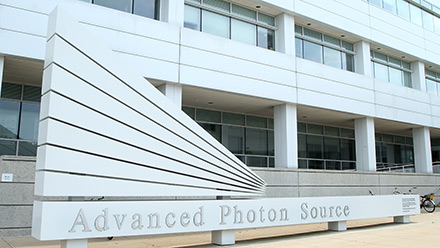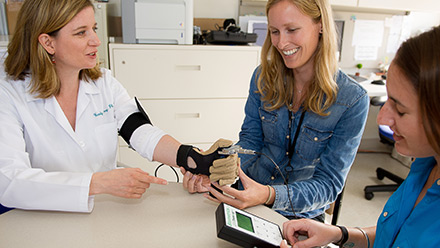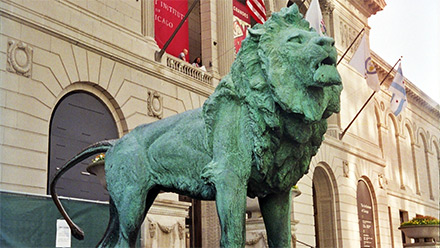New Strategy Doubles Chemo Effectiveness in Treatment-Resistant Cancer
A new study from Professor Vadim Backman shows that restoring cellular memory prevents cancer cells’ ability to adapt to evade treatment.
Northwestern is a diverse and dynamic research institution whose innovations benefit millions of people around the world
A new study from Professor Vadim Backman shows that restoring cellular memory prevents cancer cells’ ability to adapt to evade treatment.
A research team with Professor Neha Kamat used synthetic liposomes and bacterial extracts to generate immune responses against viral proteins.
Postdoctoral researcher Luciano Borasi created a unified method to study how materials behave across the full spectrum of deformation speeds.
The regenerative spinal cord injury therapy developed by Professor Samuel I. Stupp repairs tissue and reverses paralysis in preclinical models.
Collaboration drives innovation
Our world is changing at an accelerated pace, and the boundaries between disciplines are blurring. Under these dynamic conditions, we face global challenges at a scale never before seen.
At Northwestern, we are making strategic investments in research areas that will drive our progress in the coming years. As these areas intersect, they provide focal points that connect our faculty and students throughout the school. In addition to collaborating with different schools and departments across campus and serving as a hub for Northwestern’s interdisciplinary research efforts, engineering researchers have ongoing collaborations with dozens of universities, organizations, and research centers worldwide. These collaborations are changing the world and expanding the boundaries of our established knowledge.
Through the Northwestern-Argonne Institute for Science and Engineering (NAISE), engineering faculty regularly partner with researchers at Argonne National Laboratory, one of the nation’s oldest and largest science research centers and home to some of the most high-tech facilities in the world.
Northwestern engineers work closely with professors and physicians at the Feinberg School of Medicine, Northwestern Memorial Hospital, and Northwestern University Clinical and Translational Sciences Institute (NUCATS) to advance medical progress and inspire new partnerships.
Northwestern Engineering partners with the Art Institute of Chicago to conduct scientific research and offer classes to advance the role of science within art history, curatorial scholarship, archaeology, and conservation, as well as use art to convey engineering research.
Northwestern engineers collaborate frequently with the Shirley Ryan AbilityLab, the nation’s top-ranked rehabilitation center, to design better rehabilitation robotics and artificial limbs.
Northwestern's engineering research enterprise funds more than 1,000 researchers in more than 250 labs. While the majority of Northwestern’s research funding comes from government sources, corporate sponsored research represents a growing opportunity for engineering professors.
across more than 250 labs
from a diverse set of funding sources
(US and foreign)
Touching on nearly every area of society and daily life
We are constantly connecting disciplines and collaborating with partners to explore innovative ideas and achieve something new. To showcase this work, we have launched a new webpage featuring the many ways our research and innovation impact the world.
Bringing innovations to market
Engineering professors work with Northwestern’s Innovation and New Ventures Office (INVO) to turn their research and innovations into patents and businesses. A hub for innovation, Northwestern Engineering is consistently responsible for more than half of all the University’s invention disclosures and faculty startups.
World-class experts
Our award-winning faculty, including many members of national academies, collaborate across disciplines to create new knowledge while maintaining a solid grounding in the fundamentals. They transfer their expertise and passion for their fields to every student and collaborator they work with as they continue to advance scientific and engineering knowledge.
Creating a worldwide network of researchers
Global Initiatives help all Northwestern Engineering scholars — including faculty, postdocs, graduate students, and undergraduates — to engage in the global marketplace of talents and ideas, developing research collaborations worldwide.
Innately interdisciplinary



